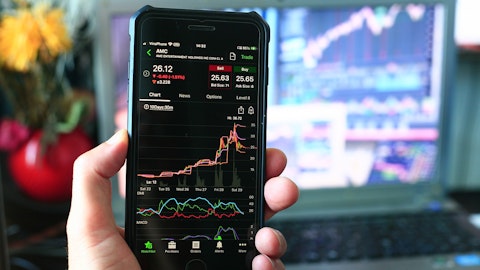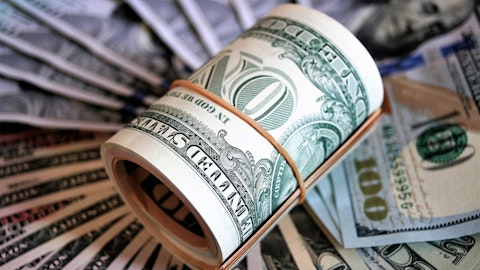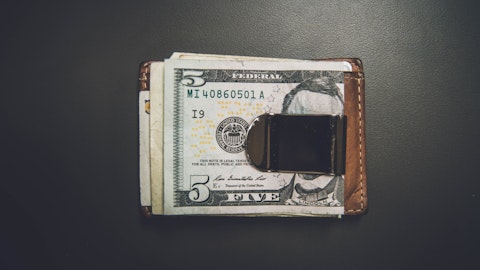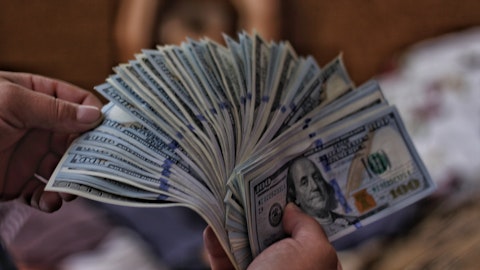4. Chubb Limited (NYSE:CB)
Dividend Yield as of May 12: 1.57%
Number of Hedge Fund Holders: 34
Chubb Limited (NYSE:CB) was incorporated in 1985 and is headquartered in Zurich, Switzerland, providing insurance and reinsurance products worldwide. Chubb Limited (NYSE:CB) is a reliable dividend stock to buy for financial freedom. The company is heading towards its 29th consecutive annual dividend increase to shareholders in 2022.
On April 26, Chubb Limited (NYSE:CB) reported Q1 earnings per share of $3.82, beating consensus estimates by $0.34. The last quarterly dividend of $0.80 per share was declared on February 24, which was paid to shareholders on April 8.
Raymond James analyst C. Gregory Peters on April 28 reiterated a Strong Buy rating on Chubb Limited (NYSE:CB) and raised the firm’s price target on the shares to $250 from $240 after Q1 results came in above consensus estimates. While the analyst expects rate increases to continue to moderate, he believes rates will remain above loss cost trends through FY22.
According to Insider Monkey’s database, 34 hedge funds were bullish on Chubb Limited (NYSE:CB) at the end of December 2021, up from 30 funds in the earlier quarter. The total stakes owned in Q4 amounted to $1.7 billion, compared to $1.2 billion in Q3. Billionaire Andreas Halvorsen’s Viking Global is the largest shareholder of the company, with 3.6 million shares worth $713.6 million.
Here is what Davis Funds has to say about Chubb Limited (NYSE:CB) in their Q4 2020 investor letter:
“Chubb is now among the Fund’s largest P&C holdings at 5.2% and illustrates well why we thought there was an opportunity to add to our P&C names. Through September 30, 2020, Chubb had returned −24% for the year, reflecting investors’ fears that (1) the insurance industry would be compelled to cover substantial business interruption claims that were never intended as part of insured’s policies, (2) declining long-term rates would diminish the value of “float” (i.e., customers’ funds that insurers get to hold and invest until claims are paid), and (3) adverse trends (pre-dating the pandemic) in insured loss rates (e.g., rising litigation and settlement costs, increased frequency and severity of catastrophe losses, etc.).
With industry economics already soft, it was only a matter of time before insurance pricing would have to adjust. In fact, P&C pricing had already begun to increase in a number of business lines before COVID hit, and that trend has only increased and broadened since then. Chubb disclosed in Q3 2020 that North American commercial P&C pricing increased by more than 15% in aggregate. Some of the price increase will go to cover rising insurance loss rates, but we certainly do anticipate some dropping into underwriting profit too. Admittedly, some of that increased underwriting profit will itself get offset by a decline in investment income owing to lower interest rates, but that is a “feature,” if you will, of P&C insurance companies. Unlike a bank, where the floor on its deposit funding costs practically speaking is zero, there is in theory no reason underwriting profit cannot increase to offset low interest rates, so it is feasible for its earnings to “normalize” far in advance of an eventual rise in long-term rates. (Click here to read full text)





